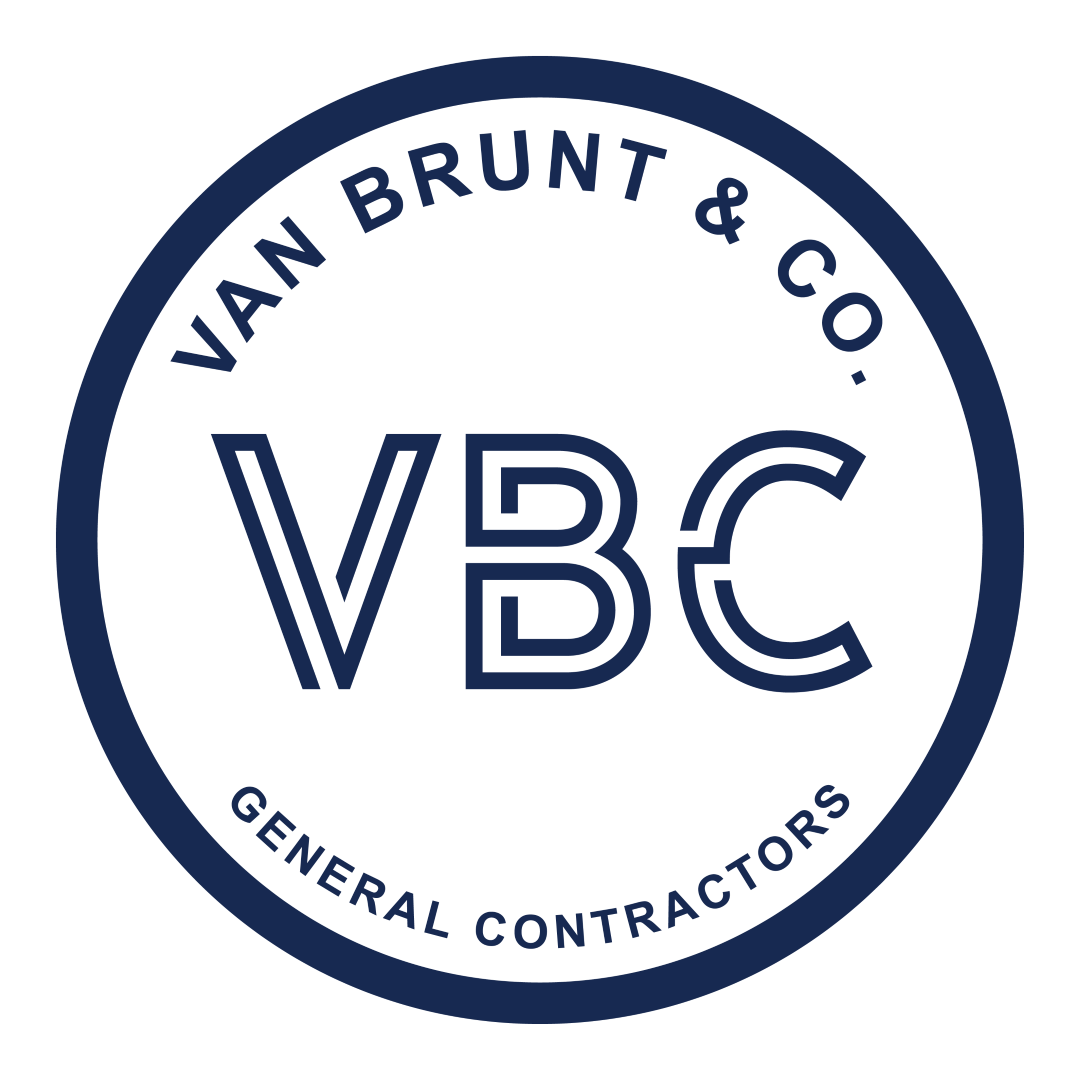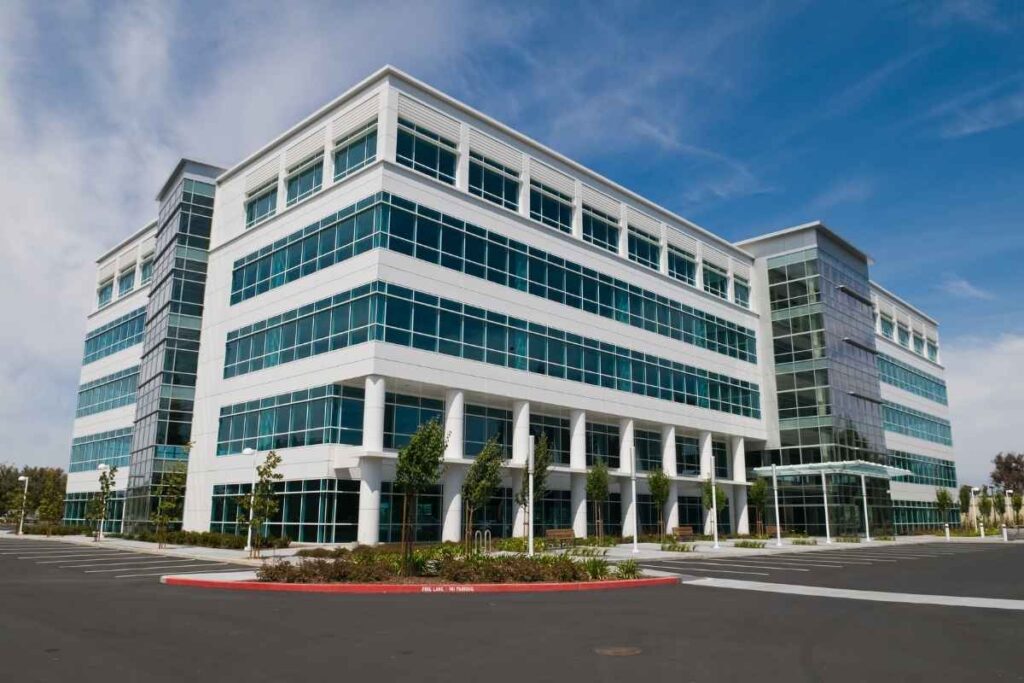Real estate has long been a trusted strategy for investors who want to diversify and increase long-term returns. While many portfolios focus on conventional property types, investors often miss out on niche opportunities like medical office buildings (MOBs). These buildings tend to be seen as more expensive and complicated, which causes hesitation. In reality, MOBs can offer strong advantages that other sectors don’t always provide, especially during market volatility.
The healthcare industry has shown remarkable stability over the past few years, even during economic slowdowns and global health challenges. Regardless of what’s happening in the world, people continue to need and seek out medical care. This constant demand has led more investors to take a closer look at medical office buildings as secure, income-generating assets. With long-term leases and reliable tenants, MOBs can create dependable cash flow that enhances portfolio performance.
If you’re new to investing, understanding the value of medical office buildings can give you a serious advantage. This guide will walk you through the key benefits of MOBs and why they’re becoming more popular among investors. By gaining insight into this unique asset class, you can make smarter decisions that align with both your goals and the market’s future potential.

Understanding Medical Office Buildings (MOBs)
Medical Office Buildings, commonly referred to as MOBs, are a specialized type of commercial property designed exclusively for healthcare use. These facilities are built to accommodate the unique needs of medical professionals, featuring exam rooms, reception areas, and systems tailored to support clinical operations. Every detail from layout to infrastructure aims to streamline patient care and enhance medical service delivery. Unlike standard office spaces, MOBs are constructed with strict compliance requirements, such as ADA accessibility, HVAC zoning for infection control, and durable materials that withstand high patient traffic. They also often include imaging suites, outpatient surgical rooms, and diagnostic labs. Depending on the specialization of the tenants, these spaces may require custom build outs or even periodic remodels to stay aligned with evolving clinical standards and technology.
MOBs are generally classified by their proximity to hospitals, falling into two categories: on-campus and off-campus. On-campus MOBs are located within or adjacent to hospital grounds, providing seamless access to hospital resources and coordinated care. This proximity makes them ideal for specialists who need quick access to emergency departments or inpatient facilities. Off-campus MOBs, on the other hand, are positioned farther from hospitals, often in residential or suburban zones. These properties help providers reach more localized patient populations and offer added convenience outside of a traditional hospital setting. Off-campus facilities are increasingly popular with independent practitioners and outpatient-focused clinics due to lower operating costs and easier patient accessibility.
Core Characteristics and Design Elements of Medical Office Buildings
Medical Office Buildings offer distinct features that make them highly appealing to healthcare providers and medical tenants. At the heart of their design is a strong focus on patient experience and operational efficiency. These buildings usually provide generous parking areas, clear signage, and easy access for patients, staff, and visitors. The entrances and walkways are often ADA-compliant, ensuring accessibility for individuals with mobility challenges. Many modern MOBs, including those that have undergone strategic retrofit projects, also include valuable amenities such as on-site pharmacies, diagnostic imaging centers, and lab testing services that allow for seamless, one-stop care.
Architecturally, MOBs come in various forms, including single-story clinics and large, multi-level complexes depending on the scope of services offered. Their size typically ranges from 5,000 to 100,000 square feet, offering flexibility for both small practices and large group operations. These properties are strategically placed near hospitals, medical campuses, or densely populated neighborhoods to maximize visibility and patient flow. Ownership can vary widely, some MOBs are hospital-owned, while others belong to private investors or real estate developers. A popular model involves leasing the space back to healthcare systems through long-term agreements, offering consistent income and low turnover risk for investors. This lease structure also appeals to institutional buyers seeking stable, recession-resistant assets in a growing sector.
Common Tenants and Services in a Medical Office Building
Primary Care Providers
Medical Office Buildings (MOBs) are often anchored by primary care providers, who serve as the first point of contact for most patients. These include family medicine doctors, internists, pediatricians, and geriatricians. Their offices are typically among the most visited in the building, offering routine check-ups, vaccinations, health screenings, and coordination of care with specialists when needed.
Medical Specialists
In addition to primary care, MOBs frequently house a broad range of medical specialists. These may include cardiologists, endocrinologists, dermatologists, gastroenterologists, orthopedists, and urologists, among others. These specialists rely heavily on diagnostic services and benefit from being co-located with imaging centers and laboratories that support comprehensive patient evaluation and treatment.
Dental and Oral Health Clinics
Dental and oral health clinics also often occupy space in MOBs. These include general dentists, orthodontists, periodontists, and oral surgeons. The medical office building infrastructure such as enhanced plumbing and power systems makes it particularly suitable for dental practices, which require specific equipment and patient flow arrangements.
Ambulatory Surgical Centers (ASCs)
Many MOBs include ambulatory surgical centers (ASCs), which are facilities designed for outpatient procedures that do not require an overnight hospital stay. These centers typically feature specialized floor plans that accommodate surgical suites, pre-op and recovery areas, and sterile storage. ASCs operate under stringent regulatory standards and benefit from being near other healthcare providers for pre- and post-operative coordination.
Diagnostic and Imaging Centers
Diagnostic and imaging centers are another key component of MOBs. These centers provide vital services such as MRI and CT scans, X-rays, mammography, and blood testing. Patients from multiple practices within the building can access these services conveniently, and providers benefit from faster test results, allowing for more efficient care planning.
Rehabilitation and Therapy Services
In terms of rehabilitation services, many MOBs feature clinics for physical therapy, occupational therapy, and speech therapy. Chiropractors and sports medicine practitioners are also common. These providers play a critical role in post-surgical recovery, injury rehabilitation, and improving patients’ physical functioning and mobility.
Mental and Behavioral Health Services
Mental and behavioral health services are increasingly present in medical office settings, reflecting the shift toward integrated care. MOBs may include psychiatrists, psychologists, licensed clinical social workers, and substance abuse counselors. Their proximity to other medical providers allows for coordinated mental and physical health support, promoting a more holistic approach to patient care.
Urgent Care and Walk-In Clinics
Urgent care and walk-in clinics are often situated within MOBs to provide timely care for non-emergency issues like infections, minor injuries, or cold and flu symptoms. These clinics are ideal for after-hours treatment or for patients who do not have immediate access to their primary care physician, and they help reduce unnecessary visits to hospital emergency departments.
Retail and Support Services
Finally, MOBs often feature retail and support services that enhance the convenience of care. These may include pharmacies, medical supply stores, health-focused retail shops, and even administrative services such as medical billing or health insurance consulting. Some buildings may also include small cafés or patient transport hubs to support both patients and staff
Why Invest in Medical Office Buildings
Medical office buildings offer long-term stability that makes them stand out in the world of commercial real estate. Even during economic downturns, demand for healthcare remains strong because people continue to need medical attention regardless of financial conditions. This creates a steady stream of tenants and reduces the risk of vacancy. On top of that, MOBs often appreciate in value over time thanks to the growing and aging population that drives increased demand for healthcare services. Investors can benefit from consistent rental income while holding an asset that steadily gains equity.
Adding a medical office building to your portfolio is a smart way to increase diversification and reduce exposure to more volatile assets. These properties generate reliable cash flow, especially when leased to established health systems or specialty providers. However, it’s essential to carefully evaluate the investment before moving forward. Key factors to consider include the property’s location, the types of services offered on-site, and the strength of the tenant mix. Areas with strong population growth and limited competition in medical space often present the best opportunities. With thorough research and thoughtful planning, MOBs can deliver both financial returns and long-term portfolio resilience.
Conclusion
Medical office buildings are more than just a real estate niche. They’re a resilient, income-producing asset class backed by the ever-growing demand for healthcare. With their stability, long-term leases, and high tenant retention, MOBs present a compelling opportunity for investors looking to shield their portfolios from market volatility. Whether you’re an experienced investor or just getting started, understanding the fundamentals of MOBs can give you a strategic edge. Take the time to analyze local demand, tenant quality, and location to ensure your investment aligns with healthcare trends. When approached thoughtfully, medical office buildings can become a cornerstone of a well-diversified real estate strategy. Start exploring this high-potential sector today and capitalize on one of the most recession-resistant asset classes available.
FAQs
Are medical office buildings recession-proof?
Yes, they are recession-resistant due to ongoing demand for essential healthcare services, regardless of economic changes.
What types of tenants lease MOBs?
Tenants typically include doctors, outpatient centers, labs, and specialty care providers like dermatologists and orthopedic surgeons.
How are MOBs different from urgent care clinics?
Urgent care clinics offer fast walk-in treatment; MOBs house multiple providers offering specialized or long-term medical services.
Do I need medical knowledge to invest?
No, but working with healthcare-focused brokers or advisors improves your decisions and helps avoid costly mistakes.
How long are medical office building leases?
Typical leases range from 5 to 15 years, offering investors predictable income and lower tenant turnover risk.

